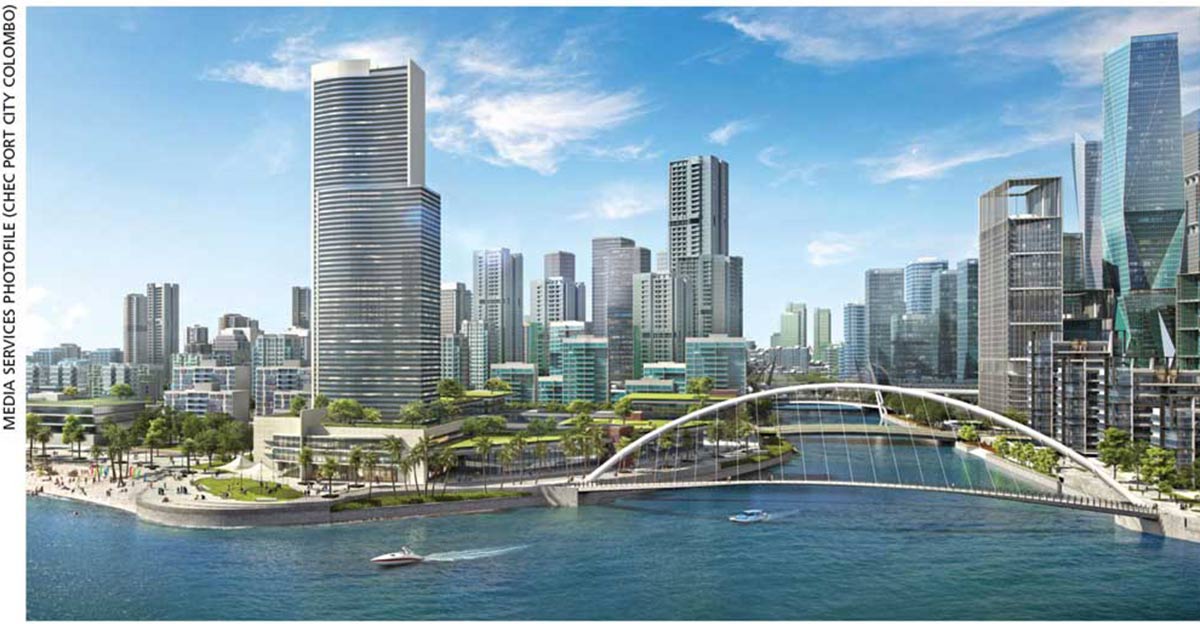

Special Economic Zones (SEZs) gained prominence in the early 1960s at a time when protectionism was the norm, global trade was barnacled with barriers and industrialisation – and often hamstrung by bureaucratic red tape.
While preserving broader national interests, policy makers subsequently began pruning regulatory thickets by offering tax concessions, and carving out enclaves with preferential sets of rules and modus operandi.
More specifically, SEZs were used by many developing nations as a policy tool to promote industrialisation and economic transformation.
As ‘high-risk, high reward’ instruments, the viability of SEZs in developing nations is mixed with some countries – especially those in East Asia – being more successful while others, particularly in Sub-Saharan Africa, are still attempting to make their zones functional.
Early movers such as Taiwan, China, Singapore, Malaysia and Thailand enjoyed accelerated development and industrialisation when multinational corporations flocked to their SEZs, and created highly competitive products exclusively for foreign markets.
The 1980s and ’90s heralded globalisation with trade growing at high single digits thanks to trade liberalisation. These zones were then transformed into dynamic cities and eventually became mega urban regions.
Arguably, the most famous SEZ is Shenzhen, which was originally a small fishing village in China. Its population grew from a mere 300,000 in the 1980s to 12.8 million in 2022. Today, Shenzhen is an economic powerhouse.
In 2022, the United Nations Conference on Trade and Development (UNCTAD) confirmed the presence of 7,000 SEZs in 145 countries with hundreds more in the pipeline. The number of zones multiplied rapidly between 1995 and 2002, mutating to meet the complexities and growing needs of the hour, and a second acceleration occurred after 2014.
Sri Lanka joined the bandwagon soon after. However, not all SEZs have proven to be successful and are dependent on a multitude of strategic imperatives.
South Asia is expected to grow faster than any other developing region in 2024 as it’s largely riding on the Indian growth story. The region is expected to transform from a US$ 4 trillion economy by the end of this year to a 10 trillion dollar economic powerhouse by 2030.
India has a generational opportunity to drive growth by piggybacking on factors such as its demographic dividend, a growing consumer economy (per capita GDP is expected to double from less than US$ 2,500 in 2022 to nearly 4,000 dollars by 2028) and structural reforms such as the United Payments Interface (UPI) that facilitates digital transactions, as well as Aadhaar, which is a unique customer identification and
tax profiling number.
Compared with China, which established manufacturing zones and mega-cities close to ports, India has not been as successful because of a lack of size, consistency in policy and the withdrawal of tax concessions including a sunset clause.
Meanwhile, several ASEAN countries relaxed their regulatory laws, and this prompted many business units to relocate and leave behind large swathes of vacant land.
Given the post-pandemic shift in supply chain dynamics, ongoing regional warfare and geopolitical tensions, India is tipped to play a pivotal role as a more neutral and stable investment destination.
As it is centrally located and is also India’s neighbour, Sri Lanka has an opportunity to capitalise on this unfolding scenario, provided it can leverage Port City Colombo (PCC) as an SEZ.
Deputy Managing Director of CHEC Port City Colombo Thulci Aluwihare says: “The PCC will be a catalyst in promoting trade and commerce, and a gateway to South Asia. Positioned as the only multi-service-oriented SEZ and master planned city in the region, PCC is tipped to play a significant role with progressive corporate income tax holidays and preferential visas for five to 10 years.”
Being economically ring-fenced, PCC is slated to operate independently, and allow full capital and profit repatriation. As a single window facilitator, the Colombo Port City Economic Commission (CPCEC) will be able to greatly improve the ease of doing business for investors and locals alike.
More importantly, it will provide an ideal launching pad for investors, expatriates, and corporate executives and their families, to manage and service operations in India through better living conditions, less traffic congestion, lower levels of air pollution and tropical tourism.
Port City Colombo is aligned to smart technologies that are efficient, greener and less labour-intensive, and can hopefully command a ‘right to win’ as growth unfolds in the region.
Key elements of successful SEZs include strategic location; integration of zonal with overall developmental strategies; understanding markets and leveraging comparative advantages; and most importantly, ensuring that the zones are ‘special’ in terms of providing a business friendly environment.
Source : Read More